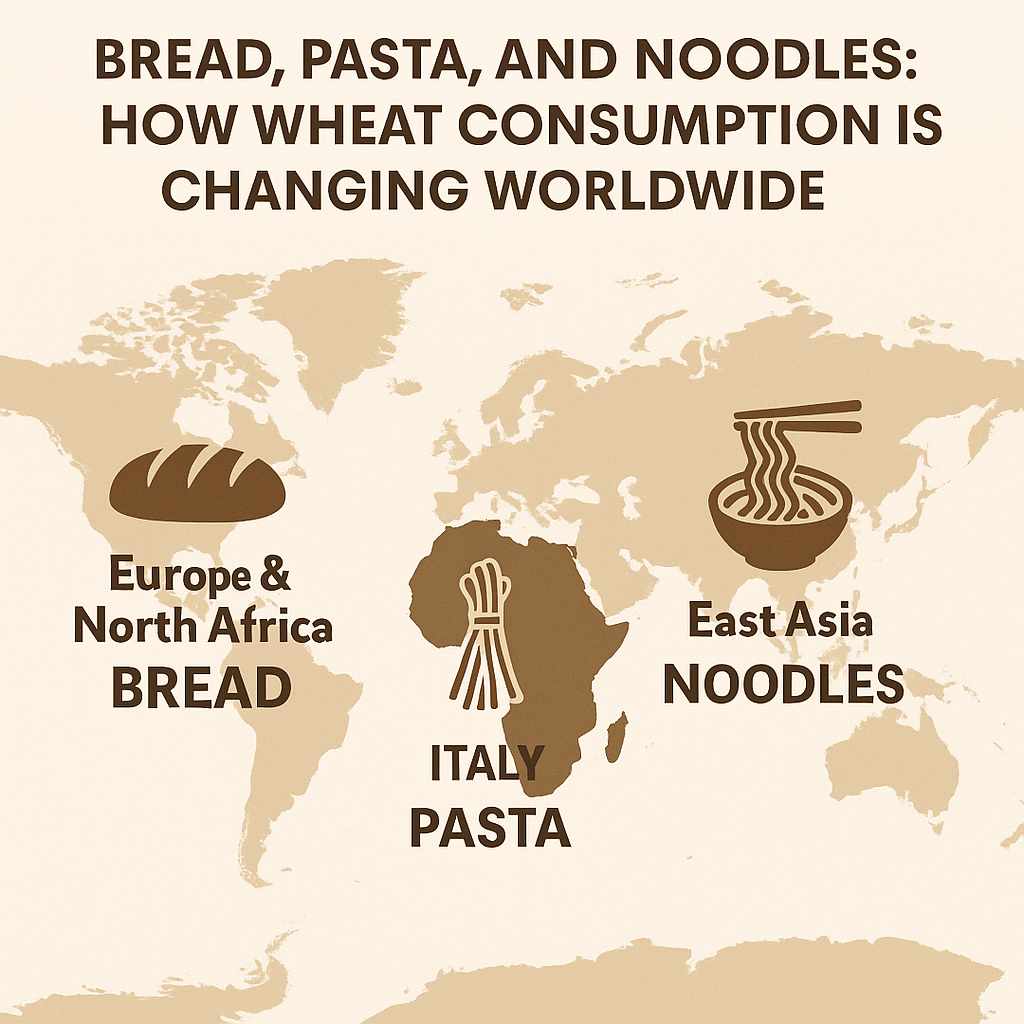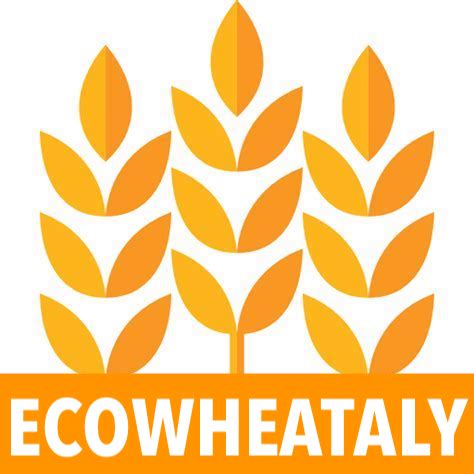Wheat: more than just bread
Wheat is one of the most widely grown and consumed cereals in the world. But the ways we eat it vary greatly by culture: bread in Europe and North Africa, pasta in Italy, noodles and mantou in East Asia, chapati and flatbreads in India and the Middle East.
The global figures
About two-thirds of the world’s wheat production is used for human food. The rest goes to feed and industrial uses. According to OECD-FAO projections, this share will stay roughly stable in the coming decade, but with strong regional differences.
Consumption trends
- Europe and the Mediterranean: bread remains central, though consumption is slightly declining in favor of other cereals and processed foods. Italy remains the global leader in pasta, with the highest per capita consumption.
- East Asia: China is a giant in noodles and steamed bread (mantou), with demand rising in urban areas.
- India and the Middle East: wheat supports a wide variety of flatbreads (chapati, roti, pita), integral to daily diets.
- Africa: urbanization is driving growing demand for industrial bread and pasta, alongside traditional cereals.
Why this matters
Each food type requires flours with different properties:
- pasta needs durum wheat, high in protein and gluten strength;
- noodles require light-colored, moderately elastic flours;
- European-style bread prefers well-balanced “strong” flours.
These differences influence not only consumers but also wheat breeding programs, variety selection, and global trade flows.
Wheat consumption is evolving with urbanization, globalization, and cultural preferences. Understanding these shifts means anticipating what kind of flour will be needed, where, and for whom.
Sources:
- OECD/FAO (2023). Agricultural Outlook 2023–2032.
- Peng Y. et al. (2023). Empirical and Theoretical Bases of Chinese Steamed Bread. Foods, 12(2), 390.
- Gao Y. et al. (2022). Types, Regional Distribution, and Consumption Trend of Chinese Traditional Wheat-Based Foods. Foods, 11(3), 439.
- UNAFPA (2022). European pasta consumption and production statistics.


